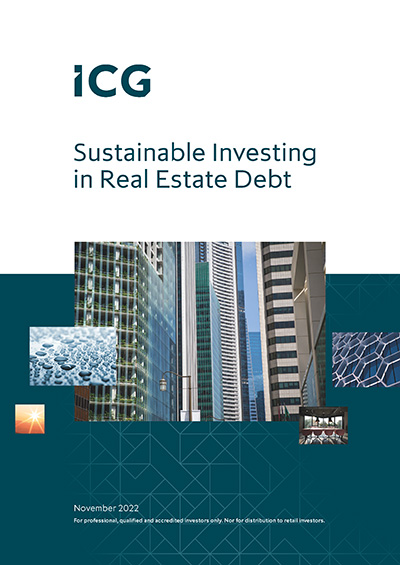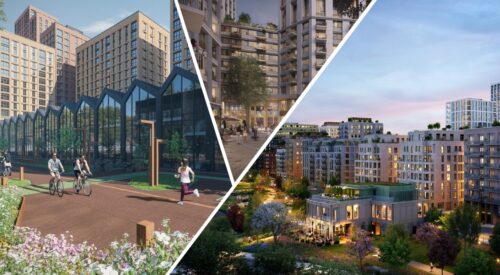Real estate continues to constitute a meaningful part of many institutional investment portfolios, offering the potential over the long term for attractive, resilient, diversifying, returns backed by real assets. This is relevant particularly through inflationary environments, such as the one we are experiencing so intensively today.
Collectively the £342bn UK Local Government Pension Schemes allocated around 9% to property or pooled investment property vehicles, according to the 2021 Annual Schemes report.
At the same time, real estate’s ESG credentials, consistent with all other asset classes, are under intense scrutiny. Buildings account for 40% of energy consumption and 36% of carbon dioxide (CO2) emissions in the EU. Decarbonising real estate is an essential part of delivering on the Paris Agreement goal to limit global warming to well below 2˚C and the more ambitious 1.5˚C target, discussed at COP26 in Glasgow in 2021.
This environmental imperative applies to existing estate as much as new build. Approximately 35% of European building stock is over 50 years old and almost 75% deemed energy inefficient. Building stock refresh rates are low. Estimates suggest that 85 to 95% of the buildings that exist today will still be standing in 2050.
















 Back
Back